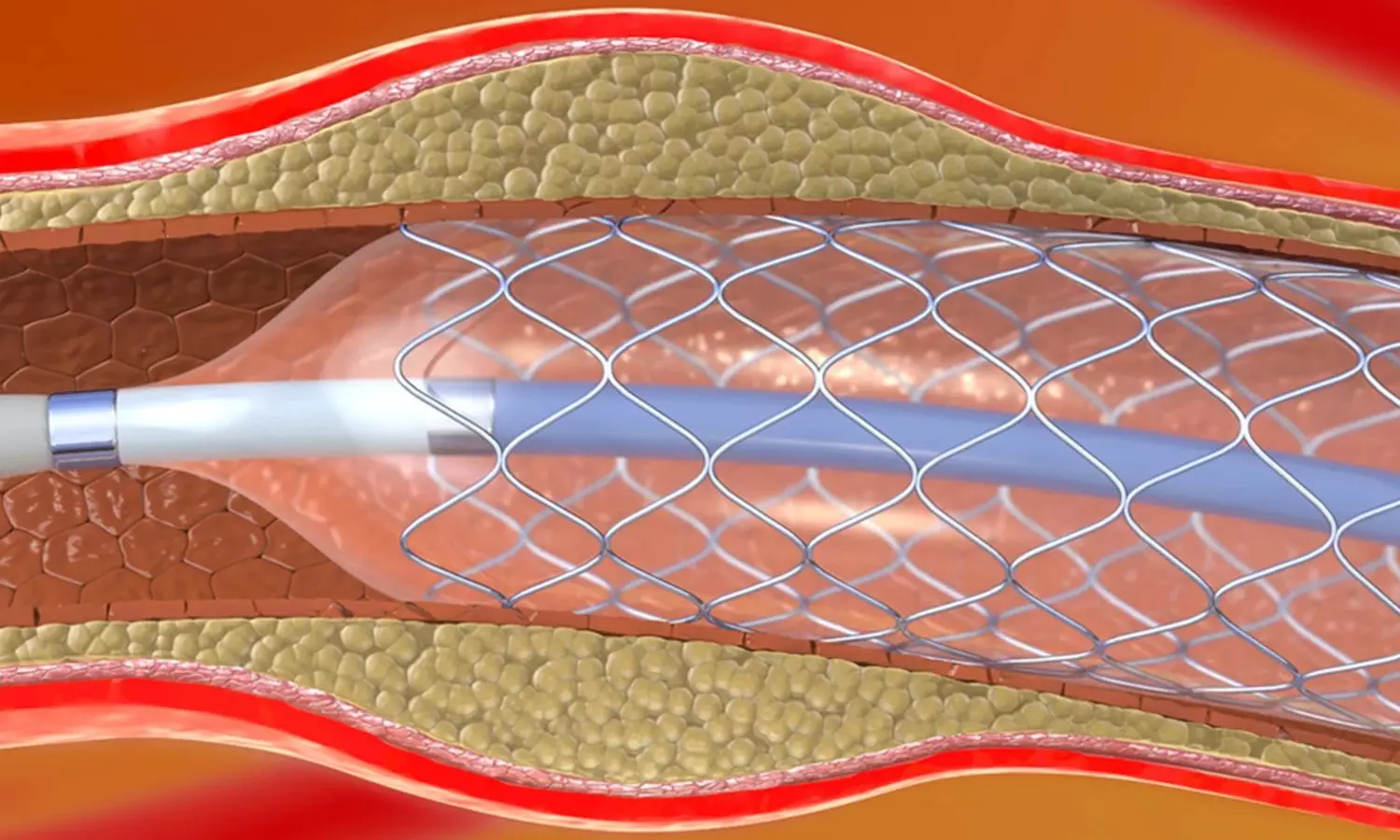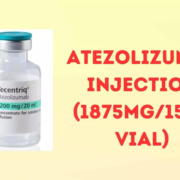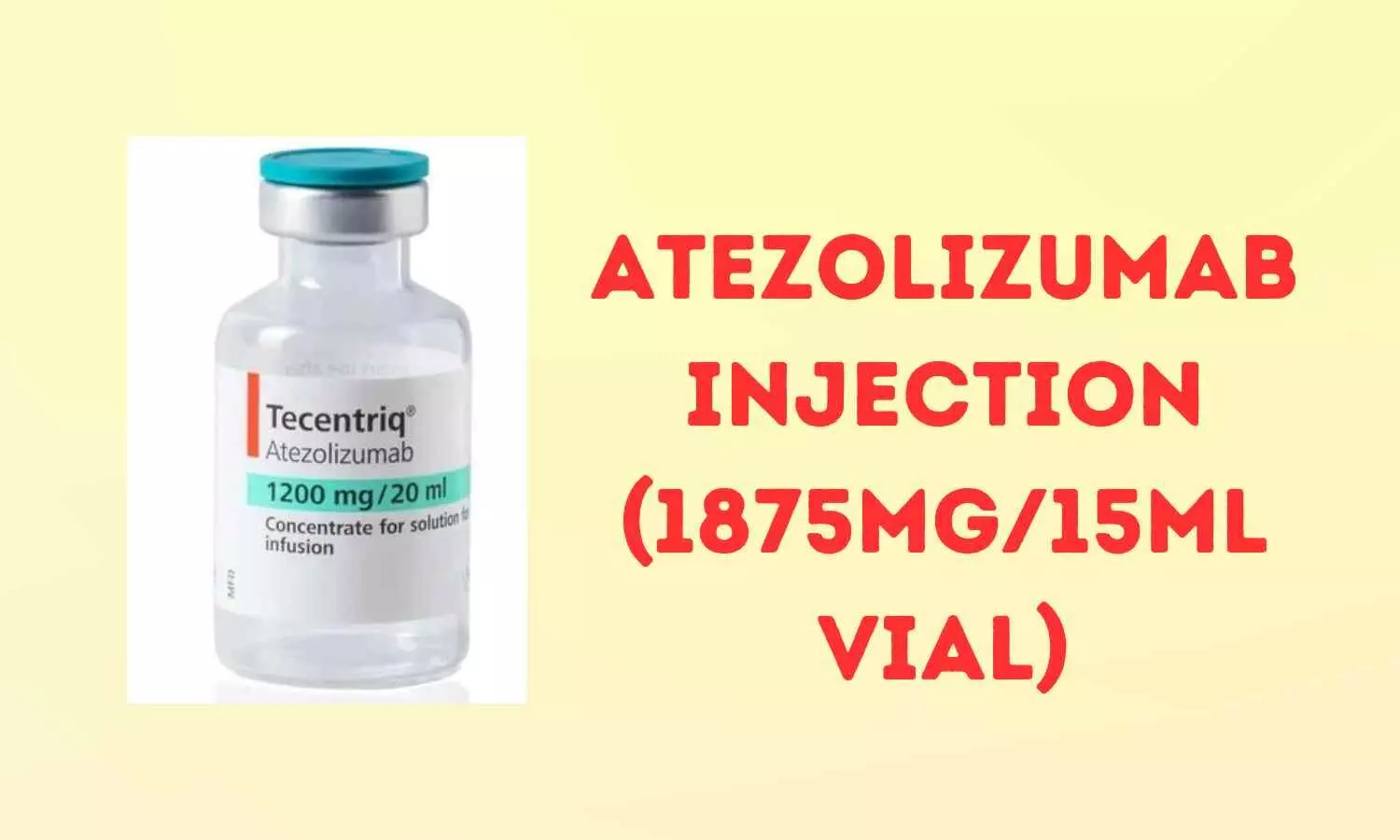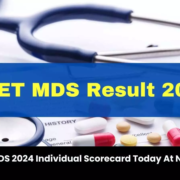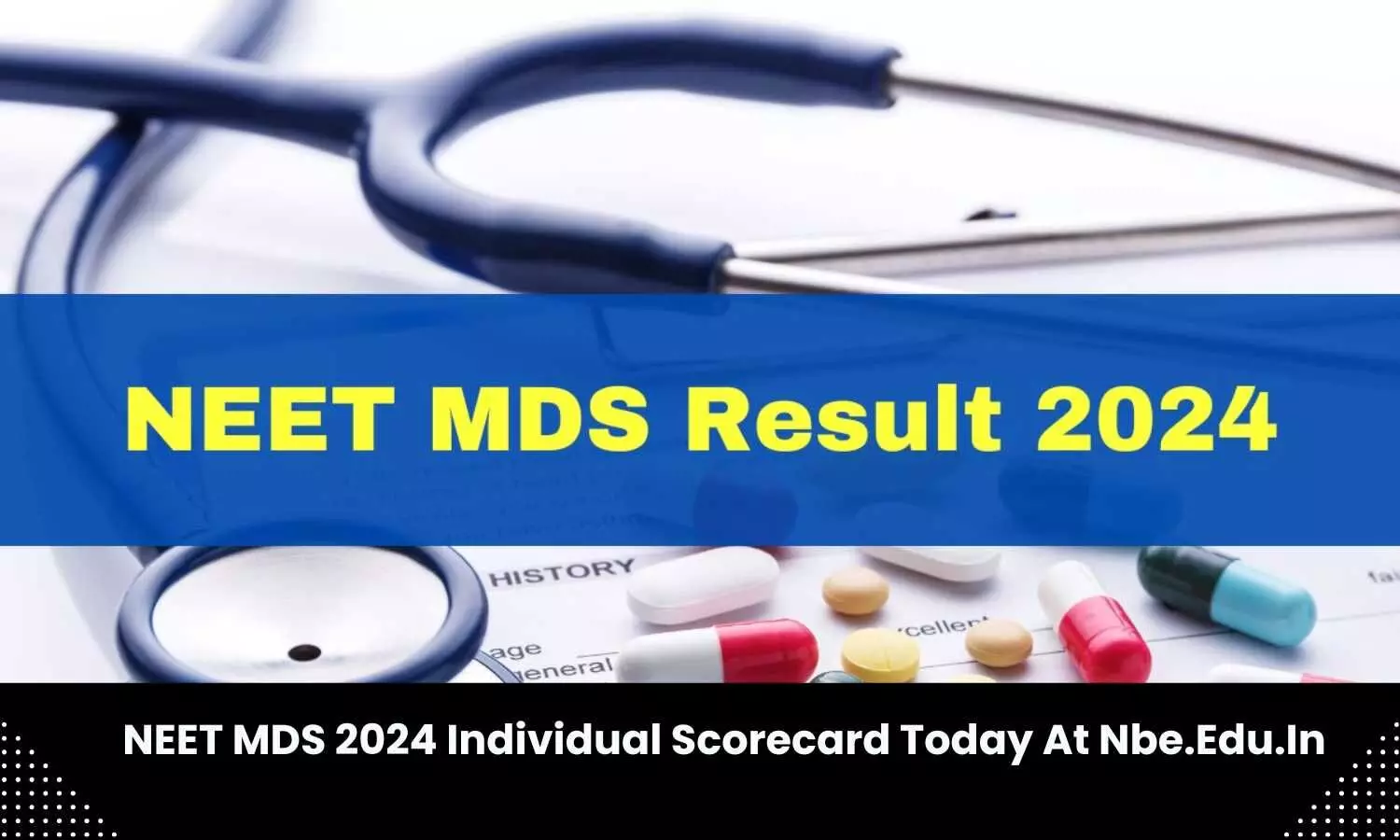Microwave Ablation promising treatment alternative for patients with multifocal papillary thyroid carcinoma: Study

A recent study published in the Radiology journal illuminated the effectiveness of Microwave Ablation (MWA) as a promising treatment alternative for patients with multifocal papillary thyroid carcinoma (PTC). PTC is traditionally managed with surgical resection (SR) which often leads to a loss of thyroid function that raises concern about the quality of life of the patients post-treatment. This study compared the outcomes of MWA with SR and suggested that MWA preserves thyroid function and presents a minimally invasive option for patients.
This study was conducted across 10 medical centers from May 2015 to December 2021 and included a total of 775 patients who were diagnosed with T1N0M0 multifocal PTC through preoperative ultrasonography (US). This research utilized the propensity score matching and meticulously compared the progression-free survival (PFS) rates and complication rates between the patients who underwent MWA and the individuals who were subjected to SR.
The outcomes were observed over a median span of 20 to 26 months which revealed compelling evidence in favor of MWA. The procedure demonstrated significant advantages that included less blood loss, shorter incision lengths and reduced durations of both the procedure itself and hospital stays that highlighted its efficiency and patient-friendly nature. Also, the study found no significant difference in overall and 1-, 3- and 5-year PFS rates between the two groups that indicated the efficacy of MWA in controlling the disease progression is comparable to that of the traditional surgical approach. The results found low complication rates associated with MWA. SR resulted in permanent hoarseness and hypoparathyroidism in a small percentage of patients, whereas, MWA showed a relatively safe profile with low postoperative complications.
The conclusion of this extensive comparison highlights the potential of MWA as a critical treatment option for selected patients with multifocal T1N0M0 PTC. Overall, this study offers a less invasive treatment pathway that paves the way for improved quality of life and disease management strategies. Further research and comparative analyses is imperative which will solidify the role of MWA in the comprehensive management of thyroid cancer for the patients who face the bad prospect of thyroid surgery.
Source:
Zhao, Z.-L., Wang, S.-R., Dong, G., Liu, Y., He, J.-F., Shi, L.-L., Guo, J.-Q., Wang, Z.-H., Cong, Z.-B., Liu, L.-H., Yang, B.-B., Qu, C.-P., Niu, W.-Q., Wei, Y., Peng, L.-L., Li, Y., Lu, N.-C., Wu, J., & Yu, M.-A. (2024). Microwave Ablation versus Surgical Resection for US-detected Multifocal T1N0M0 Papillary Thyroid Carcinoma: A 10-Center Study. In Radiology (Vol. 311, Issue 1). Radiological Society of North America (RSNA). https://doi.org/10.1148/radiol.230459
Powered by WPeMatico



